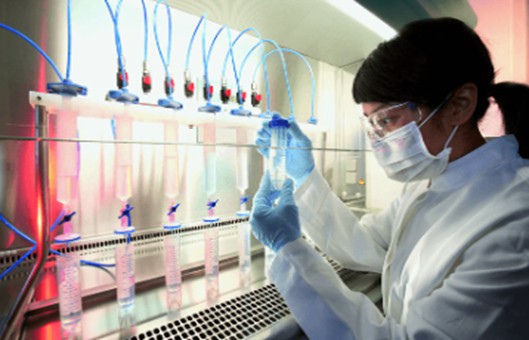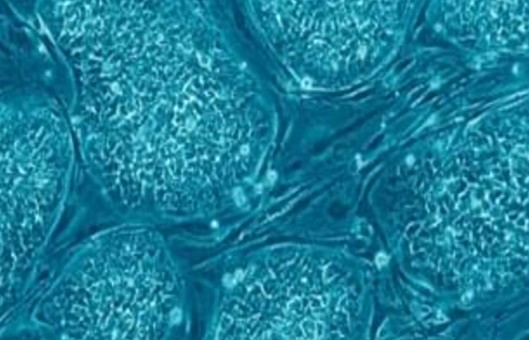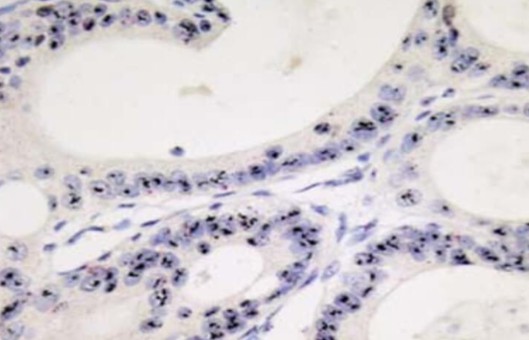Identification Protocol for EBs Differentiation of mESCs in Vitro
GUIDELINE
In vitro, differentiation of ESCs usually requires the formation of embryoid bodies (EBs), which are three-dimensional aggregates of cells containing all cell types in three germ layers. EBs formed in vitro can acquire some precursor cell populations, such as cardiomyocytes, neuronal cells, blood cells, pancreatic cells, etc., that are present in vivo during early individual development using targeted induction of differentiation.
METHODS
- The ESCs cultured to the 3rd generation are digested with trypsin and transferred to gelatin-treated culture dishes to settle for about 20 minutes.
- After observing the MEFs under a light microscope for wall attachment, the unadhered ESCs are transferred into a 15 mL centrifuge tube and centrifuged.
- Resuspend the precipitate with the embryoid medium.
- Pipette 35 μL of the cell suspension onto the lid of a 90 mm low-adhesion sterile culture dish at an interval of about 0.5 cm.
- Repeat this operation until the lid is full, quickly turn the lid over and cover it onto a 90 mm low-adhesion sterile culture dish with PBS or distilled water.
- Incubate for 2 days before transferring to suspension culture.
- Morphological observations, diameter measurements, quantitative counts, and specific gene and protein expression assays are performed on days 5 & 10. This will determine whether the cells can differentiate into tricellular cells in vitro.
Creative Bioarray Relevant Recommendations
- Our cell analysis kits can be used for cell detection and analysis in research, clinical, and laboratory settings. For more information, please see the table below.
| Product Types | Description | Recommended Products |
| Cell Proliferation Assay Kit | Cell proliferation assays are used to monitor the dynamic growth of a cell population or to detect daughter cells in a growing population. | Cell Proliferation Colorimetric Assay Kit, Cell Proliferation Assay Kit (Fluorometric)… |
| Cell Cycle Analysis Kit | The cell cycle analysis kit provides a quick and easy method to detect the number of cells in a cell population, which are at a specific stage of the cell cycle. | Cell Cycle Analysis Kit |
NOTES
- The suspension method can control the number of starting cells at the time of EBs formation, thus, it could obtain EBs of uniform size and synchronized development, which is more suitable for in vitro differentiation experiments. But it is difficult to prepare a large number of EBs at one time and the obtained EBs are highly variable and not synchronized in development.
- The size and uniformity of EBs will affect the in vitro directed differentiation of ESCs.
- As the culture time of EBs increases, the tricobalt gene expression of EBs changes at different periods. The gene expression of EBs endoderm increases, while the gene expression of ectoderm and mesoderm decreases gradually, which indicates that the tricobalts gene expression of EBs is temporal.
- Generally, about 3 days ESCs clumps begin to stratify, the outer layer is larger endoderm-like cells, and the inner cells are small and compact. At this time, the ESCs are simple embryos, and when they are cultured for 5-10 days, the stratification increases and the blastocyst cavity gradually appears, and eventually the cell mass swells into a round vesicle shape, which is a blastocyst.


